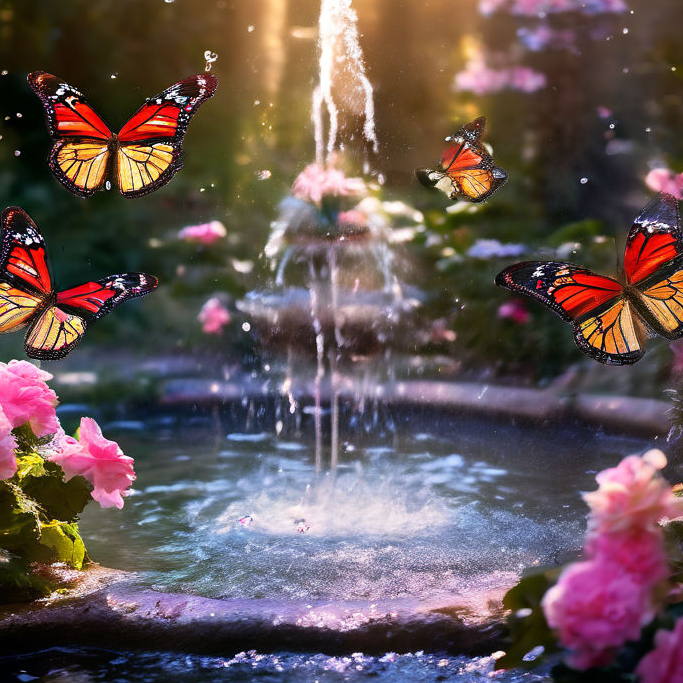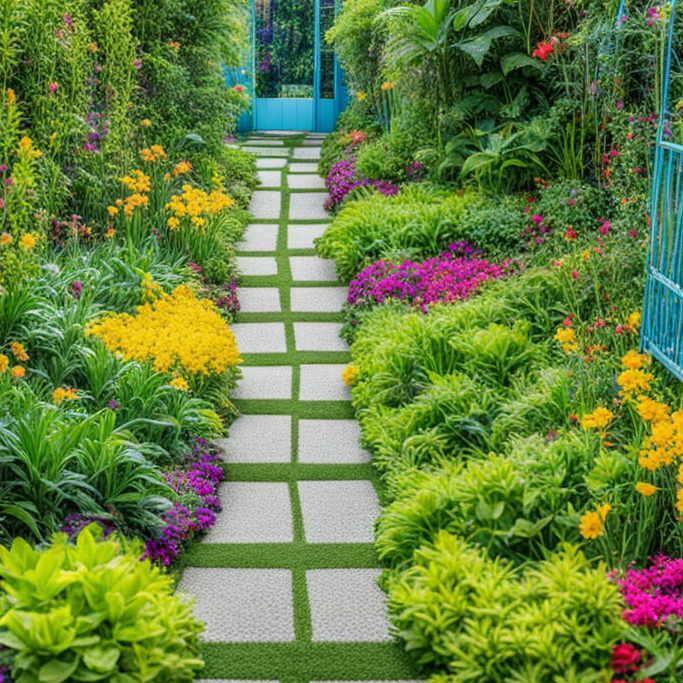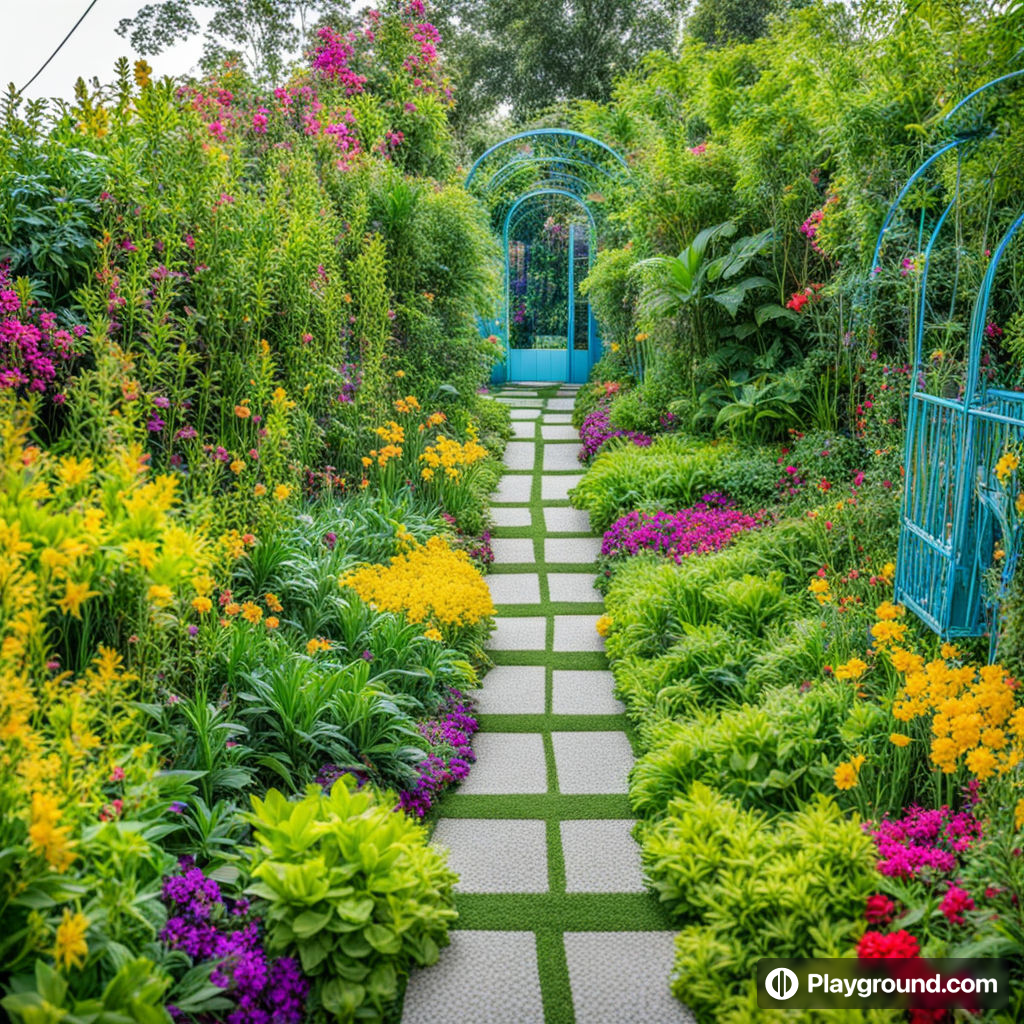A butterfly garden is a specially designed outdoor space that attracts and supports a diverse range of butterfly species. These gardens are not only aesthetically pleasing but also serve as vital habitats for butterflies, contributing to biodiversity conservation and environmental health.

Creating a Dubai Butterfly Park: A Journey into Nature
Butterflies are one of nature’s most enchanting creatures, bringing beauty and wonder to any garden. Creating a butterfly garden not only provides a sanctuary for these delicate insects but also contributes to the overall health of our ecosystem. Here’s a guide to help you create your own butterfly garden.
Why Choose a Butterfly Garden?
Butterfly gardens serve multiple purposes:
- Conservation: Many butterfly species are declining due to habitat loss and pesticide use. A butterfly garden provides a safe haven for these species.
- Pollination: Butterflies are essential pollinators, helping to fertilize plants and crops.
- Education: Observing butterflies offers a wonderful learning opportunity for children and adults alike.
- Beauty: Butterflies add vibrant color and motion to gardens, enhancing their visual appeal.
Planning Your Butterfly Garden trip
1. Choose the Right Location
Butterflies love sunny areas. Select a spot in your garden that receives at least 5-6 hours of direct sunlight each day. Ensure the location is sheltered from strong winds to prevent butterflies from being blown away.
2. Select Native Plants
Native plants are best suited for local butterflies and are easier to maintain. Research the types of butterflies common in your area and the plants they prefer. Generally, butterfly gardens include both nectar plants and host plants:
- Nectar Plants: These provide food for adult butterflies. Popular choices include:
- Butterfly bush (Buddleja)
- Lantana
- Coneflower (Echinacea)
- Milkweed (Asclepias)
- Asters
- Host Plants: These are where butterflies lay their eggs, and caterpillars feed. Examples include:
- Milkweed (for Monarchs)
- Parsley, dill, and fennel (for Swallowtails)
- Passionflower (for Gulf Fritillaries)
3. Create a Habitat
Butterflies need more than just food. They also require:
- Water: Provide shallow water sources like a birdbath with stones for perching.
- Shelter: Include shrubs and tall grasses where butterflies can take refuge from predators and harsh weather.
- Basking Spots: Place flat stones in sunny spots for butterflies to rest and warm their wings.
4. Avoid Pesticides
Pesticides are harmful to butterflies and other beneficial insects. Opt for organic gardening methods and use natural predators to manage pests.
Planting and Maintenance of Dubai Butterfly Garden:
1. Plant in Clusters
Butterflies are attracted to large clusters of flowers rather than isolated plants. Group similar plants together to create a more inviting environment.
2. Continuous Bloom
Ensure your garden has flowers blooming throughout the growing season to provide a consistent food source. Plant a mix of early, mid, and late-season bloomers.
3. Pruning and Deadheading
Regularly prune and deadhead your plants to encourage new growth and prolonged blooming. This also helps keep the garden tidy and healthy.
4. Monitoring and Enjoying
Regularly check your garden for signs of butterfly activity. Observe different life stages from eggs to caterpillars to adult butterflies. Keep a journal or take photographs to document your observations.
Popular Butterfly Species in Gardens
Several butterfly species are commonly attracted to well-designed gardens:
- Monarch: Known for their remarkable migration, monarchs are drawn to milkweed plants.
- Swallowtail: These large, colorful butterflies often visit gardens with dill, fennel, and parsley.
- Painted Lady: These adaptable butterflies are attracted to a variety of nectar plants, including thistles and asters.
- Red Admiral: Often seen on nettles, these butterflies are frequent garden visitors.

Dubai Butterfly Garden Enjoying the Fruits of Your Labor
Creating a butterfly garden is a rewarding experience. Not only do you get to enjoy the beauty and tranquility of nature, but you also play a crucial role in conserving butterfly populations. Invite friends and family to share in the joy of watching these enchanting creatures flutter about. Whether you’re a seasoned gardener or a beginner, a butterfly garden is a delightful addition to any outdoor space.
So, grab your gardening tools, choose your plants, and start creating your butterfly haven today!
How to get Dubai Butterfly Garden Ticket:
For online Book click here : https://aantourism.com/tour/miracle-garden-dubai
Second one go to aantourism website for book your package of dubai Butterfly Garden Ticket
1. Location
- Choose a sunny spot, as butterflies are cold-blooded and need warmth to fly and feed.
- Ensure the garden is sheltered from strong winds.
2. Plant Selection
- Host Plants: These are plants where butterflies lay their eggs. Common host plants include milkweed, parsley, and fennel.
- Nectar Plants: These provide food for adult butterflies. Examples include lantana, coneflowers, and butterfly bush.
3. Water Sources
- Provide shallow water sources, such as birdbaths or puddling stations, where butterflies can drink and obtain minerals.
4. Shelter and Protection
- Include rocks and logs for butterflies to rest and hide from predators.
- Avoid using pesticides, as they can harm butterflies and other beneficial insects.
Sun Set View at Dubai Butterfly Garden
As the sun sets over Dubai Butterfly Park, the vibrant wings of thousands of butterflies create a mesmerizing dance of colors, leaving visitors enchanted by nature’s artistry. This magical haven, with its lush gardens and serene ambiance, offers a unique escape into a world where beauty and tranquility coexist. Whether you’re seeking inspiration, relaxation, or simply a moment of wonder, Dubai Butterfly Park promises an unforgettable experience that will leave your heart fluttering with joy.


